Topic: Dana Huntley
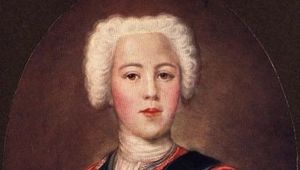
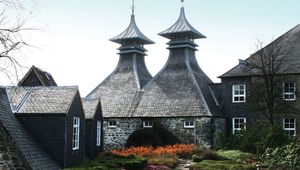
Sceptered Isle: The Impossible Joy of Picking Favorites
During almost 40 years of regular travels throughout England, Wales and Scotland, understandably, you rack up a quiver of experiences and memories. I am often asked what my “favorite” of this and that might be. It is almost always an impossible query to give a straight answer. Every corner of Britain has scenic charms and a fascinating social history of its own—many rarely explored by American visitors. Still, on reflection, it's also impossible not to have some memories and suggestions to pass along to British Heritage Travel readers planning your own list of travel adventures.
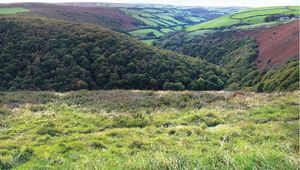
A Novel Tour
A trip back in time through Lorna Doone country.
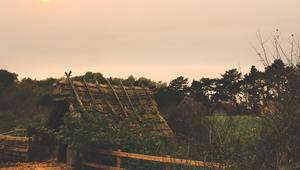
Sceptered Isle: Sharing the Road from Exmoor to Ely
My periodic editorial pilgrimages to our Sceptered Isle pretty generally are unexpected adventures, and some trips are easier than others. This autumn, classically English weather prevailed: rain, overcast skies, drizzle and an hour of sunshine. Repeat the pattern. Do come on along and I'll tell the tale.

Sceptered Isle: Hands Across the Sea
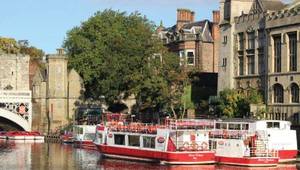
Our Sceptered Isle: To the Great Beyond and North Yorkshire
BHT newsletter
Subscribe to our Newsletter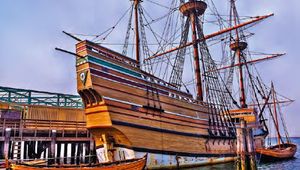
Sceptered Isle: Entwined and Engaged
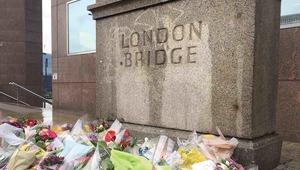
Sceptered Isle: Notes from an Un-Reeling Island
Strange times we live in. The world does indeed seem to be reeling. Barely a month goes by without a fatal terrorist incident in Britain, and political chaos has ensued from the general election that saw Theresa May’s bargaining position weaken in Brexit negotiations as well as in her grip on leadership within the Tory Party. Just as with the political changes and rhetorical fervor in our own country, it is easy to overestimate the impact of what makes media headlines in the lives of ordinary citizens. The British people are acclaimed for their famous stoic resolve in the face of the severest of trials. It’s the British bulldog spirit personified by Winston Churchill throughout World War II. It is an attitude embraced with pride in the much-repeated wartime slogan “Keep calm and carry on.” Social historians might trace this national characteristic through 2,000 years of wars and rumors of war, invasions and rumors of invasion, plague and cholera epidemics, the grit of life lived in mills and mines or on the sea. More recently, England lived through years of terrorism imported by the IRA in the Northern Irish “Troubles.” That’s a lot of social conditioning. I asked veteran BHT writer and man-on-the-street in London James Graham, who lives with his growing family in Croydon, how he assessed the mood in London—where they know they have not seen the last of Islamist terrorism. “ ‘This . . . is London.’ With those words, CBS newsman Edward R. Murrow brought the horrors faced by the capital and the spirit of Londoners in the darkest days of the Blitz to American audiences. If he was broadcasting now, he would add ‘This . . . is Manchester.’ He would have the same story of phlegmatic resistance to outside forces attempting to beat us down. “The venerable New York Times was mocked over here when it opined after the Borough Market outrage that Britain was ‘reeling.’ Twitter users quickly hit back: ‘We’ll start panicking when we’ve no milk for our tea.’ The perfect response—laughing in the face of danger and showing a refusal to be cowed. The hearts of London and Manchester may have missed a beat when deranged individuals took out their anger against the world on innocent guests and music fans in the UK, but they did not stop beating. “Our natural temptation is to invite all British Heritage Travel readers to flock to London this autumn to stick it to the terrorists. However, it is disingenuous to throw out an invitation to foreign visitors—after all, most of the London victims were foreign—without accepting there will be wariness when people are booking their holiday travels. In the back of the mind, voices will quietly ask: Is it really safe there? “The answer is that simply no one of my acquaintance, even those who travel to London Bridge or cross Westminster Bridge, have said they are leaving the city. Terrorism will drive no one from this city. It is even getting safer to cross the roads—overall, the number of people killed or seriously injured on London’s roads fell to 2,092 in 2016, with London on course to have reduced such incidents by 50 percent by 2020.
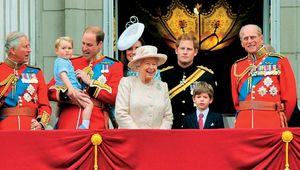
Sceptered Isle: Thoughts on Our Favorite Royals
It has been a historic and busy past few years for the monarchy, the Royal Family and Royal watchers everywhere. We have had The Queen's Diamond Jubilee, the wedding of William and Kate followed by the births of adorable Prince George and Princess Charlotte (with another on the way), the retirement of the Duke of Edin-burgh, the Queen's record tenure on the throne, the 20th anniversary of Princess Diana's tragic death and now HRH The Prince of Wales setting his own longevity record for that title.
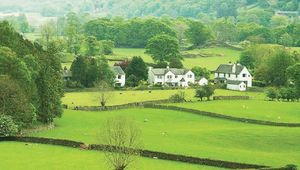
Dateline: January and February
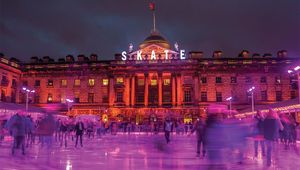
Photo Essay: London Is a Winter Wonderland
The Christmas season comes early to Britain. Without our American Thanksgiving, there is nothing to mark a change in holiday seasons. By the middle of November Christmas displays fill shop windows and the famous lights of Regent Street cast their festive sheen into the long, dark evenings. Holiday parties fill pubs, restaurants, homes and offices with bonhomie and raised glasses (often raised a few times too many). For the fun-loving Brits, the partying continues unabated into the first week of January.
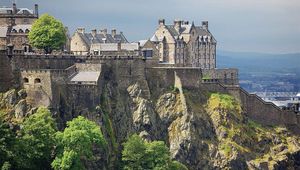
Edinburgh Panorama
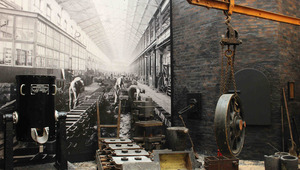
The Great Western Railway on Display
Life in the Train Lane at Swindon and Didcot
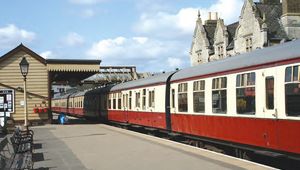
Photo Essay: Rutland and Hidden England
Jump off on the A605 to see the impressive village church of Fotheringhay, with its monuments and tombs of the Dukes of York through the Wars of the Roses. They based at Fotheringhay Castle, now just green mounds of earth across the street. Mary Queen of Scots was executed there in 1587. When her son James I became King of England, he had the castle razed. At the Talbot Hotel in nearby Oundle, the main staircase was constructed of the scaffold where Mary was beheaded. Needless to say, the unhappy Queen’s ghost haunts the hostelry. Bordering the market town of Stamford, Burghley House may be England’s most impressive 16th-century home, built by Queen Elizabeth I’s treasurer, Sir William Cecil. The Cecil family still live in the stately pile in the midst of 2,000 acres of parkland laid out by Capability Brown in the 18th century and surrounded by exquisite gardens, including a “Garden of Surprises.” Don’t be surprised, though, to find the estate’s semi-tame resident herd of 400 deer wandering around. Catch a vintage steam train for a ride from Peterborough to Yarwell Junction on the Nene Valley Railway—home to the original Thomas the Tank Engine. To the west near Corby, Rockingham Castle’s quaint liveability belies its history. Built by William the Conqueror, the castle served as a hunting lodge for Plantagenet kings for 300 years. It was acquired by Sir Edward Watson in the late 1400s and remains the private home of his descendents. The beautiful terraced lawns overlook the broad Welland Valley.

Where History Came Alive for Me
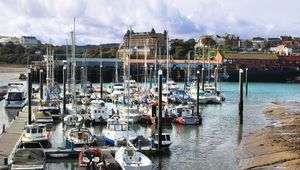
Delight on the North Yorkshire Coast
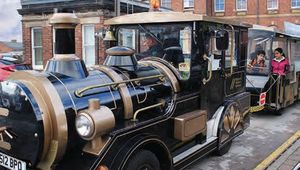
Simply The World's Greatest Railway Museum

Kiss Me, Kate!

A Day to Visit Cirencester

Living the History

Living the History
[caption id="LivingtheHistory_img1" align="aligncenter" width="180"][/caption]

A Day to Visit: Winchester
[caption id="ADaytoVisit_Feature" align="aligncenter" width="1024"]With the longest nave of any medieval cathedral in Europe, Gothic Winchester Cathedral has been a site of worship and pilgrimage since the 11th century.[/caption]

Travel: The Silver Lining to the Economic Cloud
[caption id="Travel_img1" align="aligncenter" width="96"][/caption] WE WON’T PRETEND that the economic climate is good. Obviously, many people have been affected by the sudden economic downtown that has been felt across the globe. Grim as the news has been, however, the cloud does indeed have a silver lining. The pound has declined by more than 25 percent against the dollar over just a few months, and travel in Britain is more reasonable that it has been for many years. If you have wanted to travel to England, Scotland and Wales, this may well be the year to do it. Unhappily for Britain, the drags on its economy are significant. For the travel trade and retail shopper, however, the news is good. This Christmas, some 10 million foreign visitors traveled to London just to shop. Shopkeepers reported the highest level of Americans in stores since before 9/11. London, long considered among the most expensive cities on earth, is at its most affordable in 20 years or more. Whether your dreams include joining The Gathering in Edinburgh this July, finally seeing the Chelsea Flower Show, finding your ancestral village in the coal valleys of Sout Wales or making a first panoramic tour of Britain, consider fulfilling them this year. When I was planning my second trip to Great Britain in 1980, my old Yankee grandfather just could not understand it. After all, I had already been there. Grandpa’s attitude toward travel was simple: “Why should I travel? I’m already here.” Despite the fact that he read National Geographic religiously for decades, Grandpa just didn’t get it. Travel to visit relatives, attend to business or to lie in the sun is purely functional, of course. Travel to travel, though, is to get out and explore the world—to have life experiences of any and every description that one would not have at home, to visit the myriad sites where history was made, to see unknown beauty in the natural world and in the gardens of civilization. No destination on earth has such a concentration of historic locales, varied and verdant landscapes and cultural riches as Great Britain. And no transcontinental travel destination for North Americans is as accessible in its life, popular culture, social values and genuine fondness for Americans as Britain.

Butser Ancient Farm
[caption id="ButserAncientFarm_Feature" align="aligncenter" width="1024"] Completed in 2008, the “Little Woodbury” is the fourth Great House built at Butser. No flimsy construction with a roof weighing more than 25 tons, a Celtic Great House was designed to last 200 years.[/caption]

Bath

The English Riviera

Chepstow

Winchester

A Day to Visit Cirencester

A Day to Visit Stamford

The Venerable Bede at Jarrow

Wafting in the Winds of Change
[caption id="WaftingintheWindsofChange_img1" align="aligncenter" width="193"][/caption]

Notes from the Road to Cornwall
[caption id="NotesfromtheRoadtoCornwall_img1" align="aligncenter" width="82"][/caption]

Photo Essay: North Norfolk Rambles

Sceptered Isle: At Last the Referendum

From the Bristol Channel to the Northern Isles
Regular British Heritage readers are accustomed to following along on the editorial adventures that I customarily pursue in Britain for a fortnight spring and fall. There are always stories to be found and images to capture that make their way to our pages over several issues. Come on along, as I retraced the coast of Wales and got up to the Orkney Islands for the first time this autumn.
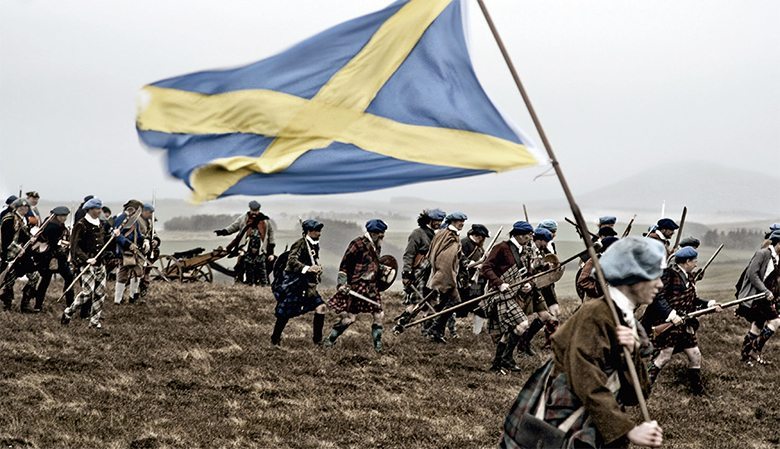
Sceptered Isle: Scots Wha’ Hae!
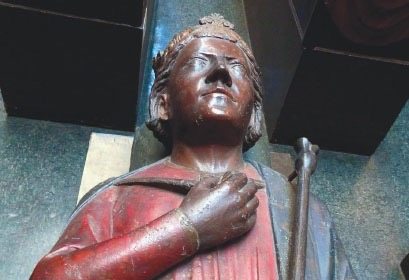
Peace Treaty at Runnymede
[caption id="" align="alignleft" width="368"] Hand written on vellum and sealed with King John’s seal, only four copies of the original 1215 charter remain extant.[/caption]




